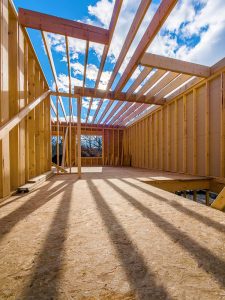
Construction costs fall
New Zealand’s residential construction industry has recorded its first drop in new build house construction costs in 12 years.
The latest Cordell Construction Cost Index (CCCI) revealed a 1.1% decrease in the three months to June. The decline marks a significant milestone in the history of the CCCI series, which has tracked the cost to build a standard single-storey, three-bedroom, two-bathroom brick and tile standalone dwelling since 2012.
CoreLogic Chief Property Economist Kelvin Davidson says the decline follows the industry’s completion of a surge in building consents and resolution of Covid-19 supply chain disruptions, with the subsequent quieter period reducing construction cost growth below long-term averages. 
The outright fall in building costs in the second quarter also meant the annual growth rate slowed from 2.3% in Q1 2024 to 0.6%, a new record low for this indicator. The previous mark was 2.0% in Q2 2014.
“The downturn in workloads in the construction sector has eased the pressure on capacity and that’s flowed through to reduced building costs,” Mr Davidson said. “Coupled with a slowdown in the growth of average hourly wage rates, the flattening of building materials costs has also caused a reversal in trends from the rapid growth in construction costs in the past few years.”
The CCCI recorded falls across several important materials, including structural steel and kitchen joinery. Costs for tapware and electrical light fixtures also fell. Mr Davidson had anticipated that growth in the CCCI would be subdued and wasn’t shocked at the falls given the construction industry’s soft operating conditions.

“Construction costs spiked during 2022 due to lingering Covid-affected supply chain issues, as well as a boom in construction activity as dwelling consents peaked around that same period,” he says. “Those factors have all now been resolved with material supply back to normal, dwelling consents falling and the pipeline of jobs coming to completion. This has alleviated significant pressure on the industry, freeing up capacity and reducing costs.”



